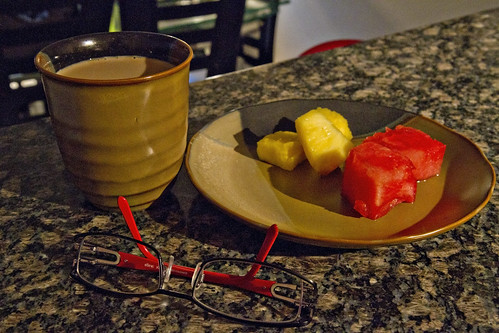
Understanding the difference between megapixels, megabytes and DPI is one of those subjects that makes people glaze over sometimes because it’s technical. But, if you’re angling to make money from photography or do it for a living, it’s important to understand what the terms mean and the difference it makes in your photos. So, while I realize a pictorial of hot models in skimpy clothing is how you’d rather be spending your time, I’m going to try to make this discussion as fun and interesting as humanly possible.
Megapixels
Probably the most ridiculously overused comparison in digital cameras today, and the camera manufacturers go along with it because it’s not worth the effort trying to explain why it’s not always a fair comparison. Comparing cameras by their megapixel rating is like my wife picking a new car because she likes the color. The number of megapixels has very little to do with the quality of the final image. Color, tone and sharpness will have far more sway over the quality of the final image, which is one of the reasons the highest rated cameras are all over the road when it comes to the megapixel rating of the sensor.
The difference in megapixels does effect the resolution of the final image, but even that is a geometric comparison and not a linear scale. The number of pixels increases by the square of the resolution. If you double the resolution of an image, you quadruple the number of pixels.
If you’re comparing a 5 megapixel camera, like your cell phone, with the 10 megapixel Sony TX300v, you now know that does not mean the 10 megapixel camera is twice as good. In fact, the difference in resolution is just 1.4 x in either dimension. Not so great now, is it?

So when considering the difference between a 16 megapixel camera and a 19 megapixel camera, the difference is nearly insignificant. Other factors in camera and lens quality can erase such a small difference.
Where megapixels do matter is the image size, the more megapixels, the bigger the final image. That says nothing about the quality. A large blurry image through a bad lens is still a bad picture no matter how large it is.
If you’re just looking at your own pictures on a display device, it’s not an issue. If you’re hoping to sell stock photography, it becomes more important because many stock photo companies set minimum image sizes.
True resolution
Snapsort uses true resolution which is based on the physical size of a cameras sensor and not the manufactures advertised high megapixels, which can be misleading.
Megabytes
A megabyte is a measure of digital storage, the same as it’s applied to any digital storage. How large an image is is loosely related to the final image size, but every image file is a little different based on a large number of factors including the compression type (JPEG vs RAW).

DPI
Dots per inch is only relevant to a discussion of a printer or other display device. Outside of printers, you can pretty much forget about DPI. In the old days if you changed the picture DPI, your editing software would automatically resize the print output. These days if you tell Photoshop you want a 5×7 and change the DPI, you’ll still get a 5×7 print.
In photography it’s all about the resolution and resolution is measured in megapixels, but that isn’t necessarily significant unless the difference is very large. There would be a noticeable difference between an 8-megapixel camera and a 12-megapixel camera, the difference between 12 and 16-megapixels would not be as significant, if it were even noticeable.







